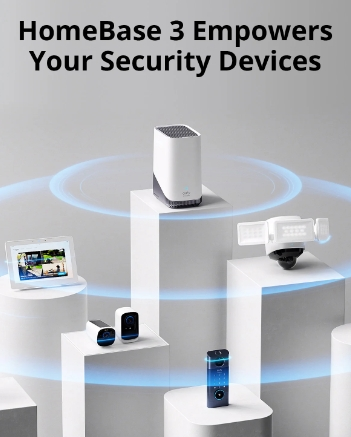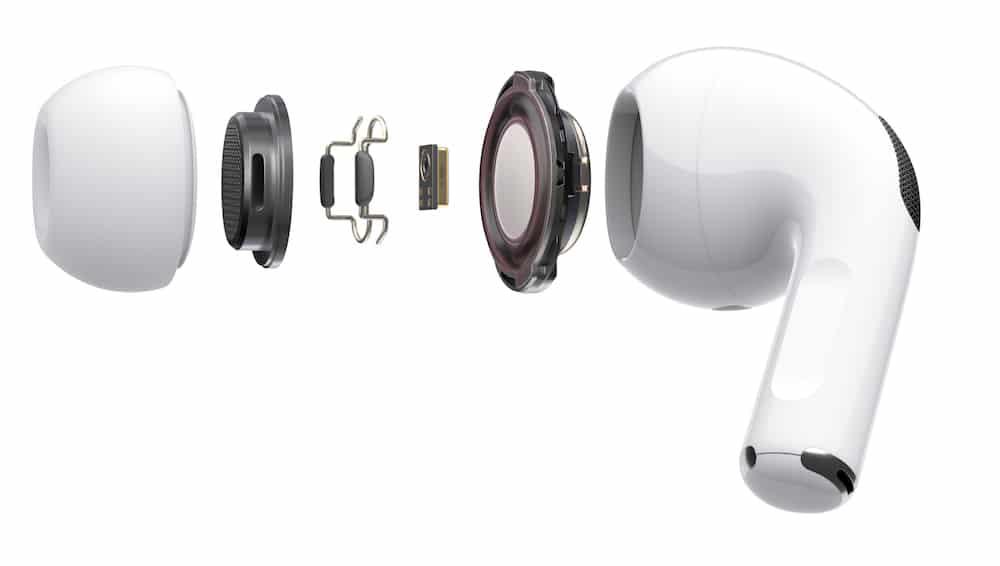How Do Home Alarm Systems Deter Burglars Effectively?
Protecting your home from intruders has become easier and more efficient thanks to modern alarm systems equipped with cutting-edge technology. Alarm systems today are not only designed to alert homeowners of suspicious activity but also serve as powerful deterrents for potential burglars. With features like visible cameras, real-time alerts, and smart integrations, these systems provide multiple layers of defense. Choosing the right setup can make a significant difference in your security by creating an environment that discourages break-ins and provides swift responses if they do occur. This guide explores how these features work together to secure your property and help you sleep soundly at night.

Visual Deterrents: Signs, Cameras, and Sirens as First Lines of Defense
One of the simplest yet most effective ways an alarm system can prevent break-ins is through visual deterrents. Burglars tend to avoid homes with visible security measures, such as security cameras, warning signs, and sirens. A well-placed camera can discourage potential intruders from even approaching your property, as they recognize the likelihood of being recorded. Systems like the eufy HomeBase S380 offer high-resolution cameras that make it clear to anyone in view that they’re being monitored. Moreover, cameras, whether positioned at the front door or around the property, make an impactful statement to potential burglars. Often, even a visible alarm system sign posted on a window or a lawn sign can be enough to send a burglar looking for an easier target. Sirens also play a role; if triggered, a loud siren can not only alert the homeowner but also potentially scare off intruders who are seeking a quiet entry.

Real-Time Alerts and Response: Immediate Notifications to Prevent Theft
The ability of home alarm systems to send real-time alerts is one of the most powerful tools in modern home security. With instant notifications, homeowners can react quickly, whether by alerting authorities, triggering additional security measures, or monitoring the situation directly from their smartphone.
Instant Alerts to Homeowners and Authorities
When an alarm system detects suspicious movement or a triggered sensor, it sends immediate alerts to the homeowner. In many cases, this notification can also be configured to notify security companies or local authorities. Some systems, like those integrated with eufy’s advanced HomeBase S380, leverage AI technology to differentiate between family members, guests, and potential intruders, reducing false alarms and ensuring that the right response is initiated. With such accurate detection, homeowners gain peace of mind, knowing they will be alerted to anything unusual without having to deal with constant, unnecessary notifications.
Monitoring Services for Quick Response
For added protection, many alarm systems can be linked to a monitoring service that can respond to alerts on the homeowner's behalf. This can be crucial if an intruder triggers the system while the homeowner is unavailable. Monitoring services can confirm the nature of the alert and contact the appropriate emergency responders if necessary. This partnership between technology and human oversight creates a robust security measure, ensuring that alerts don’t go unnoticed and responses are swift.
Advanced Detection Technology: AI and Motion Sensors
In recent years, advances in AI have dramatically improved alarm systems’ ability to detect intruders accurately. AI-powered features can assess movement, identify objects, and even differentiate between people, animals, and vehicles. These systems are far more advanced than traditional motion sensors that could be easily triggered by pets or passing cars. A great example is the eufy HomeBase S380, which employs sophisticated algorithms to distinguish between family members, visitors, and strangers, minimizing false alarms. Motion detectors with AI capabilities are highly effective in spotting intruders as soon as they enter the property. They are particularly useful for covering specific areas of interest, such as entryways or backyards, which are common points of entry for intruders.
Smart Integration: Syncing with Lights, Doorbells, and Other Home Devices
Another feature that enhances the effectiveness of home alarm systems is the integration with other smart home devices. A connected ecosystem of lights, doorbells, and cameras that interact seamlessly can create a comprehensive security network that not only monitors your home but can also actively respond to potential threats.
Automated Lighting and Sound to Mimic Occupancy
An effective strategy for deterring burglars is to make a house appear occupied even when it's not. Smart lighting systems can be programmed to turn on and off at random times, giving the impression that someone is home. Paired with motion sensors, lights can activate when someone approaches, which can deter an intruder who doesn’t want to risk exposure. Some systems even allow for sound simulation to make the property seem active.
Voice and Mobile Control for Remote Management
For greater flexibility, alarm systems can now be controlled through mobile devices and even respond to voice commands. Homeowners can activate or deactivate their alarms, check live camera feeds, and control other connected devices all through their smartphones. This integration not only adds convenience but also provides a means for constant monitoring and quick response, even while away from home. The integration of voice commands, in particular, makes it easy to arm or disarm the system hands-free, a useful feature for managing home security on the go.
Conclusion
The most effective home alarm systems employ multiple layers of security to deter burglars. Visual deterrents, real-time alerts, advanced detection technologies, and seamless smart device integration all work together to keep your home safe. By investing in an alarm system that combines these features, homeowners can create a secure environment that not only discourages potential intruders but also ensures rapid responses when needed. Whether you’re upgrading your current system or considering one for the first time, understanding these layers will help you make an informed decision to protect your property and your peace of mind.



![PAU - [ Altern@tives-P@loises ] PAU - [ Altern@tives-P@loises ]](http://website-google-hk.oss-cn-hongkong.aliyuncs.com/drawing/179/2022-3-2/21584.jpeg)

![Good deal: 15% bonus credit on App Store cards of €25 and more [completed] 🆕 | iGeneration Good deal: 15% bonus credit on App Store cards of €25 and more [completed] 🆕 | iGeneration](http://website-google-hk.oss-cn-hongkong.aliyuncs.com/drawing/179/2022-3-2/21870.jpeg)





Related Articles